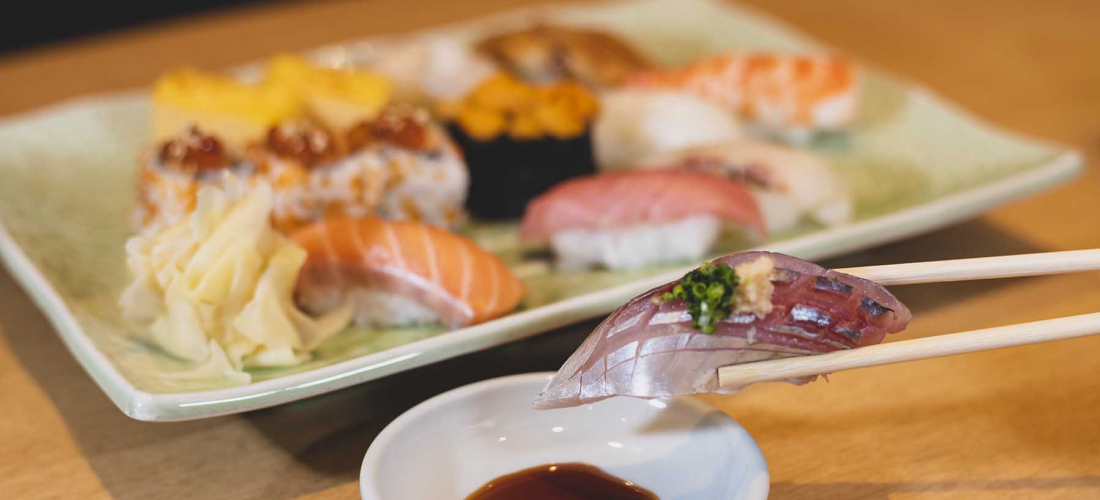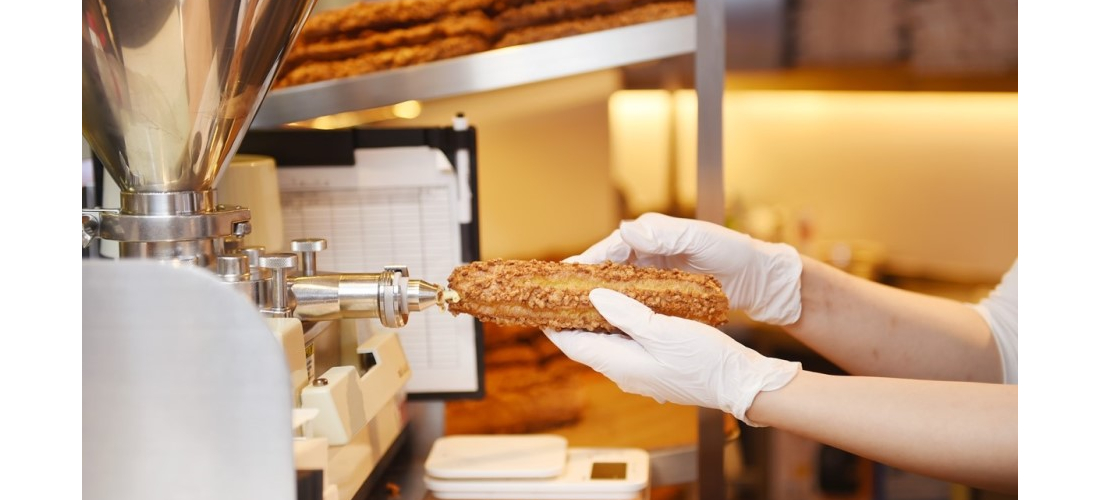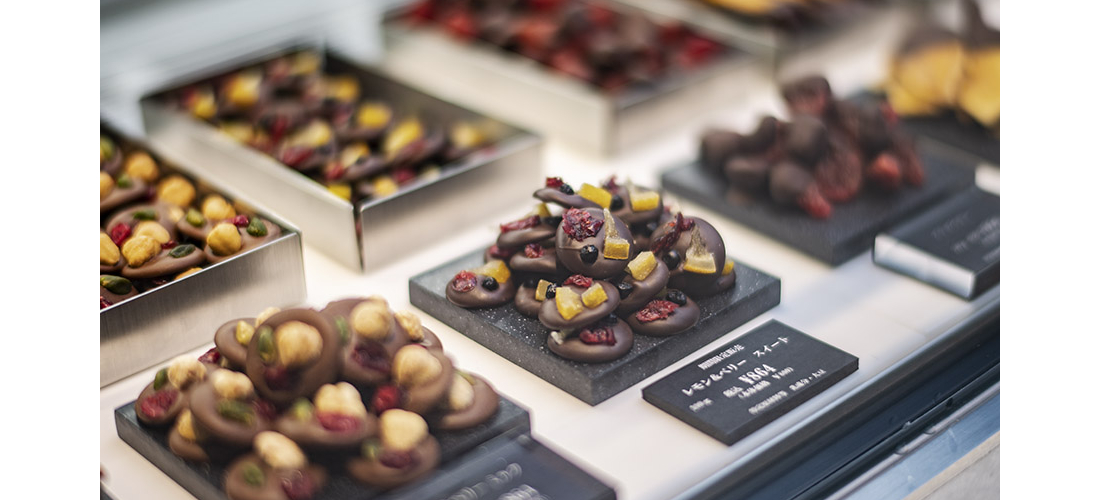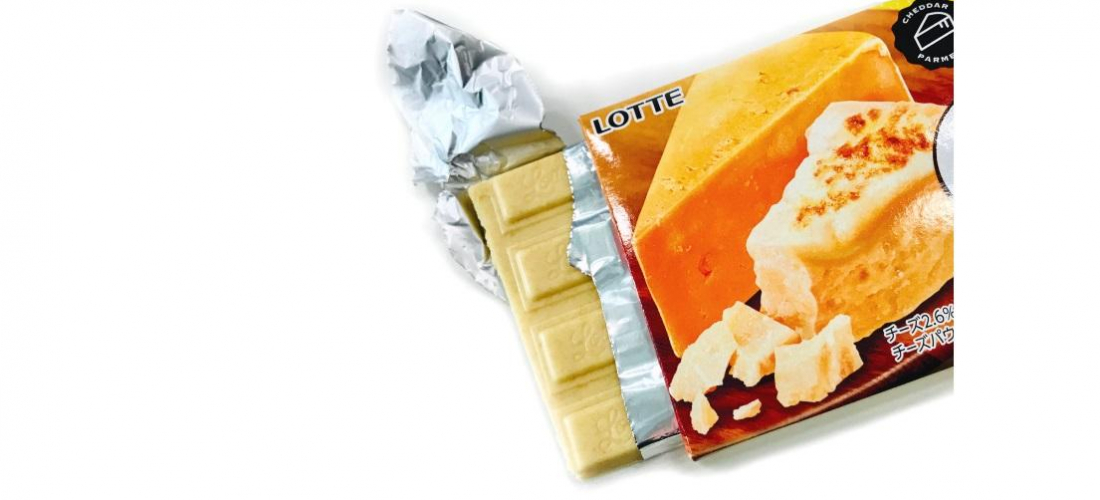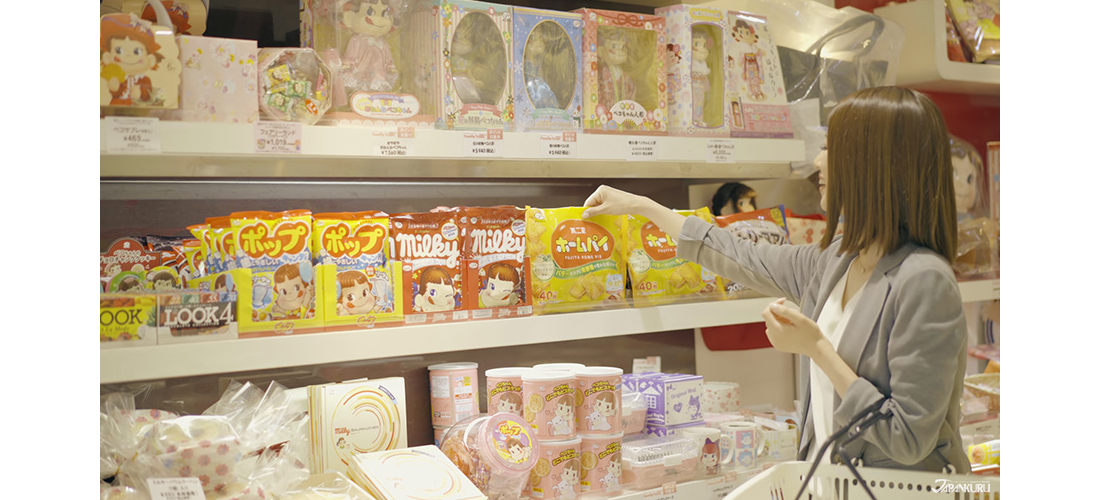
CONTENTS
There’s some high-quality snacking to be had in Japan, with international brands and local manufacturers making such a wide variety of sweets. When it comes to Japanese snacks, products are constantly being developed, tested for a limited time, and improved and re-released. You can always try something new. More importantly, though, when a product sticks around for years, you know it’s good! So today we’re going to tell you about some of the most popular snacks in Japan, all from Fujiya, a Japanese confectionery brand that’s been on shelves for more than 100 years.
Fujiya’s Peko-chan Sweets, Popular All Around Japan
Fujiya's mascot, a big part of what makes the brand so instantly recognizable, is the smiley Peko-chan. With her tongue stuck out (and sometimes a saucy wink!), this mischevious little face graces the packaging of many a Japanese sweet. Thanks to Fujiya's century-long history of developing new snacks, you'll find Peko-chan on a diverse variety of sweets, and on the walls of Fujiya confectioneries nationwide.
The cakes available at Fujiya's specialty shops are popular in Japan, but the real stars of the show are all the little sweets that fit easily into your everyday bag.
Cram a few chocolates into your purse to snack on when you're out and about, or stash some candies in your desk at work. You'll fit right in with the rest of Japan.
Peko-chan is such a popular character, who holds such a nostalgic place in the hearts of people across Japan, that you'll actually find her as part of collaboration products all over the place. Look around while you're in Japan, you might just find Peko-chan cosmetics or stationery. (Or you might even find her on souvenirs from art exhibitions in Tokyo, like this one in our event calendar!)
Six Popular Sweets to Keep You Snacking in Japan
If we tried to tell you about all the many tasty products manufactured by Fujiya over the years, for limited runs and long-term, we'd be here all day. Instead, we're going to introduce you to a handful of sweets that are so popular, they're basically ubiquitous in Japan. Whether you're just hankering for a sweet treat, or you want to bring home the perfect souvenirs for all your friends, we recommend one of these nostaligic Japanese favorites.
① Peko Poko Chocolate
These little choco-pops are made from milk, white, and strawberry-flavored chocolate, and have a creamy melt-in-your-mouth texture. It's not hard to see why they're popular among the kids of Japan, and they might make a sweet little pick-me-up for any kids traveling through the country. They also, however, make fabulous souvenirs. With "Japanese culture" themed packaging, the temples and maiko (geisha) gracing the package make the sweets a special Japanese treat.
Price: 108 yen
Our favorite online review: "These are so good, I bought them in bulk."
② Pop Candy
These little lollipops have been around since 1954, and are still going strong. Looking for the dum-dum of Japan? These little candies will satisfy your craving. The candies are standardly available in orange, strawberry, and grape flavors, which all contain green tea polyphenols good for your health. They're good for the soul, and we can pretend they're good for the body as well!
Price: 216 yen
Our favorite online review: "I didn't know what to get for White Day, so I handed these out to all my female colleagues."
③ Fujiya Home Pie
These crunchy cookies earn their name from their super-flakey texture, reminiscent of a good pie crust. Since 1968 they've been making the home pies by sandwiching butter and dough, and then folding it all to make about 700 layers. They're lightly sweet, so they're popular with people of all ages in Japan. We recommend you have them with a cup of tea (or perhaps a matcha latte!)
Price varies.
Our favorite online review: "So delicious, I don't even mind that these rain crumbs all over. Worth it."
④ Country Ma’am Cookies
Country Ma'am cookies have been around since the 80s, and you'll often find them in bags like this of ten standard chocolate chip cookies, and ten chocolate-chocolates. These cookies are satisfyingly soft (in Japan, a country of crunchy cookies!), but a little cakier and firmer than a chewy chocolate chip cookie you might find in the West. Fujiya is constantly improving the recipe, with over 40 changes made since Country Ma'am first hit the shelves, so they'll only keep getting better.
Price varies.
Our favorite online review: "Once I open a bag of these, I literally can't stop my hands from shoveling more and more into my mouth."
⑤ Milky Soft Candy
These little dollops of bliss are light, creamy caramels. They're made with milk from Hokkaido, which is supposedly where Japan's best dairy comes from. Bring some home for your grandparents, to replace the butterscotch that they definitely keep in their pockets and purses.
Price: 108 yen for 69g, 216 yen for 120 g
Our favorite online review: "I like these. My children like these. We go through a lot of them."
⑥ Look Chocolate
The packaging for these chocolates offers a colorful look at what's inside them, but one glance at that logo and it's not surprising to hear that the designer behind it all is Raymond Loewy, whose high-profile portfolio includes work for Coca Cola.
Price: 119 yen
Look chocolates come in a few varieties, with "Look A La Mode" featuring ice-cream inspired chocolate fillings.
Price varies.
Look 4, on the other hand, is pure chocolate! If you're just craving that cacao flavor, you can grab a pack of these and at your fingertips will be 27% cacao milk chocolate, 40% cacao bitter chocolate, 55% cacao dark chocolate, and high-cacao chocolate that weighs in at 70%. A little something for everyone, or a little something just for you.
Price varies.
Our favorite online review: "With the four different varieties, Look is always there for me during my different mood swings."
And one bonus review: "These taste pretty convincing."
The Fujiya Specialty Confectionery Shop
Fujiya's snacks are available anywhere in Japan you might find cookies and candy, but they also have specialty shops. Step inside and the sweet smell of fresh cakes will drift through the air from the glass cases, sat alongside shelves of packaged sweets, and some special souvenir items. If you've got a sweet tooth like we do, you might think you've walked into heaven. These stores are open all over the country, but we've noticed that the goods vary.
Fujiya Makes Sweets for Everyone
The cookies and candy we showed you might come in cute packaging with a mascot and bright colors, but part of the appeal for these snacks is that people of all ages really enjoy them. There's a little bit of nostalgia adding to Fujiya's popularity, but the brand could never have kept going for 100 years if the sweets didn't really appeal to Japanese palates. Ask anybody in Japan, and they'll be able to tell you their favorite Fujiya treat. So if you want to show your friends back home what's cool in Japan, show them you're in the know, and bring home some sweets as souvenirs.

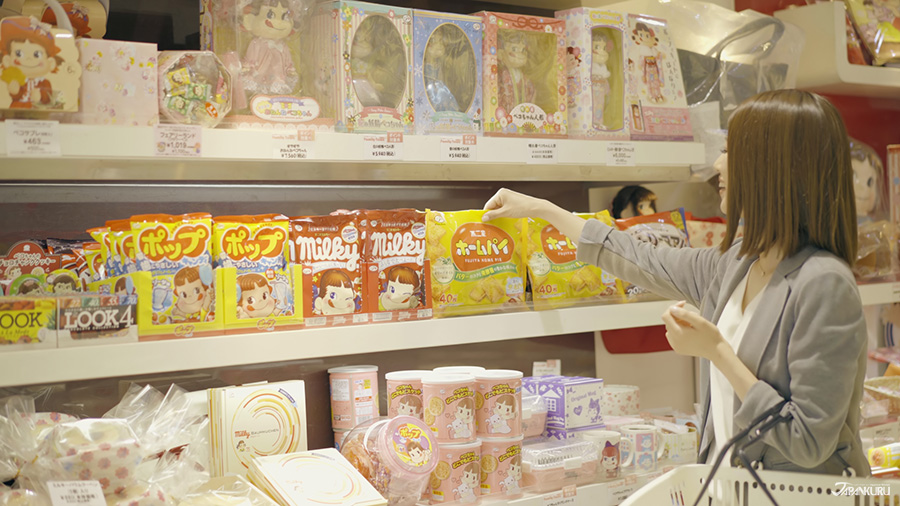



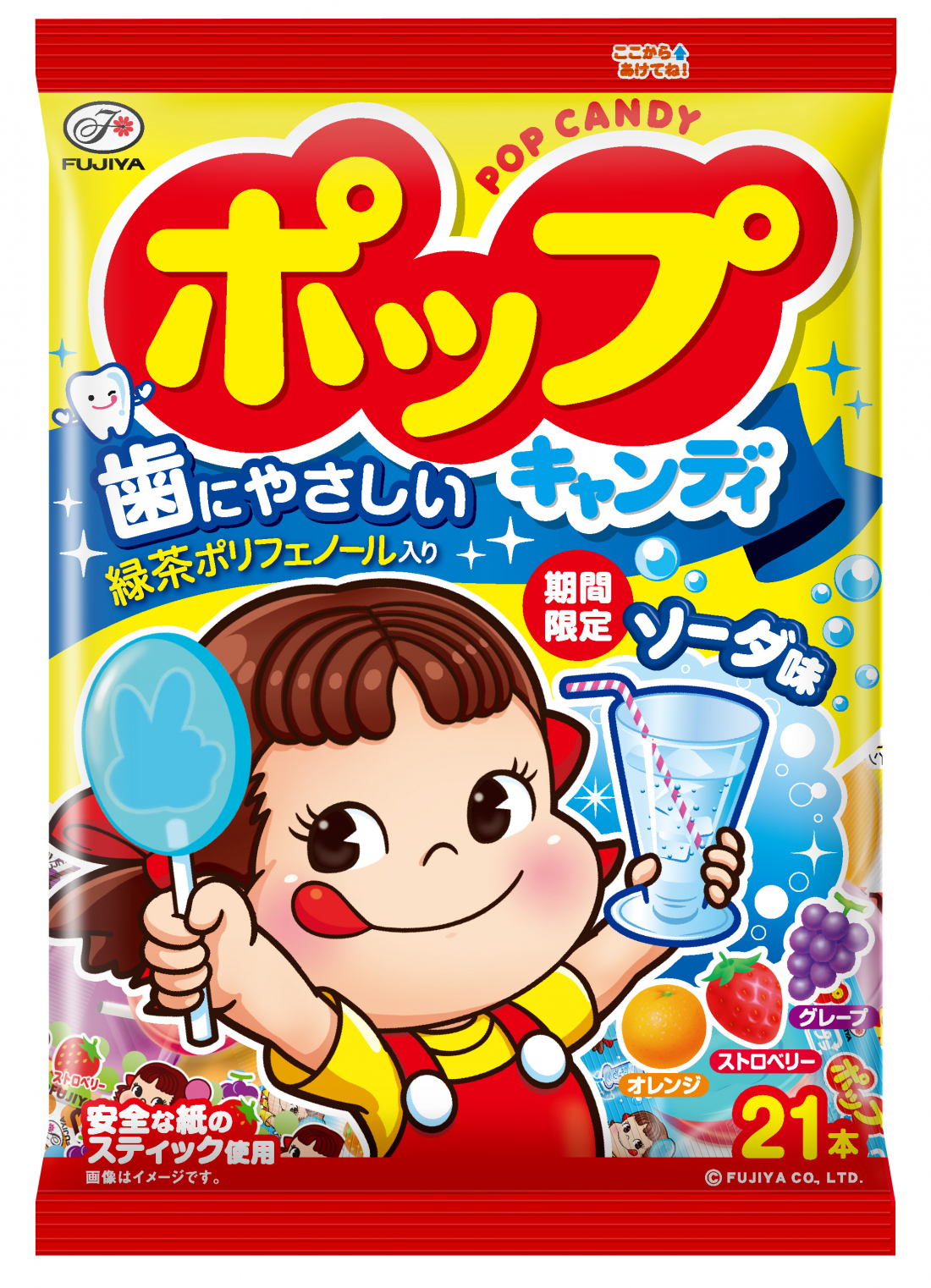


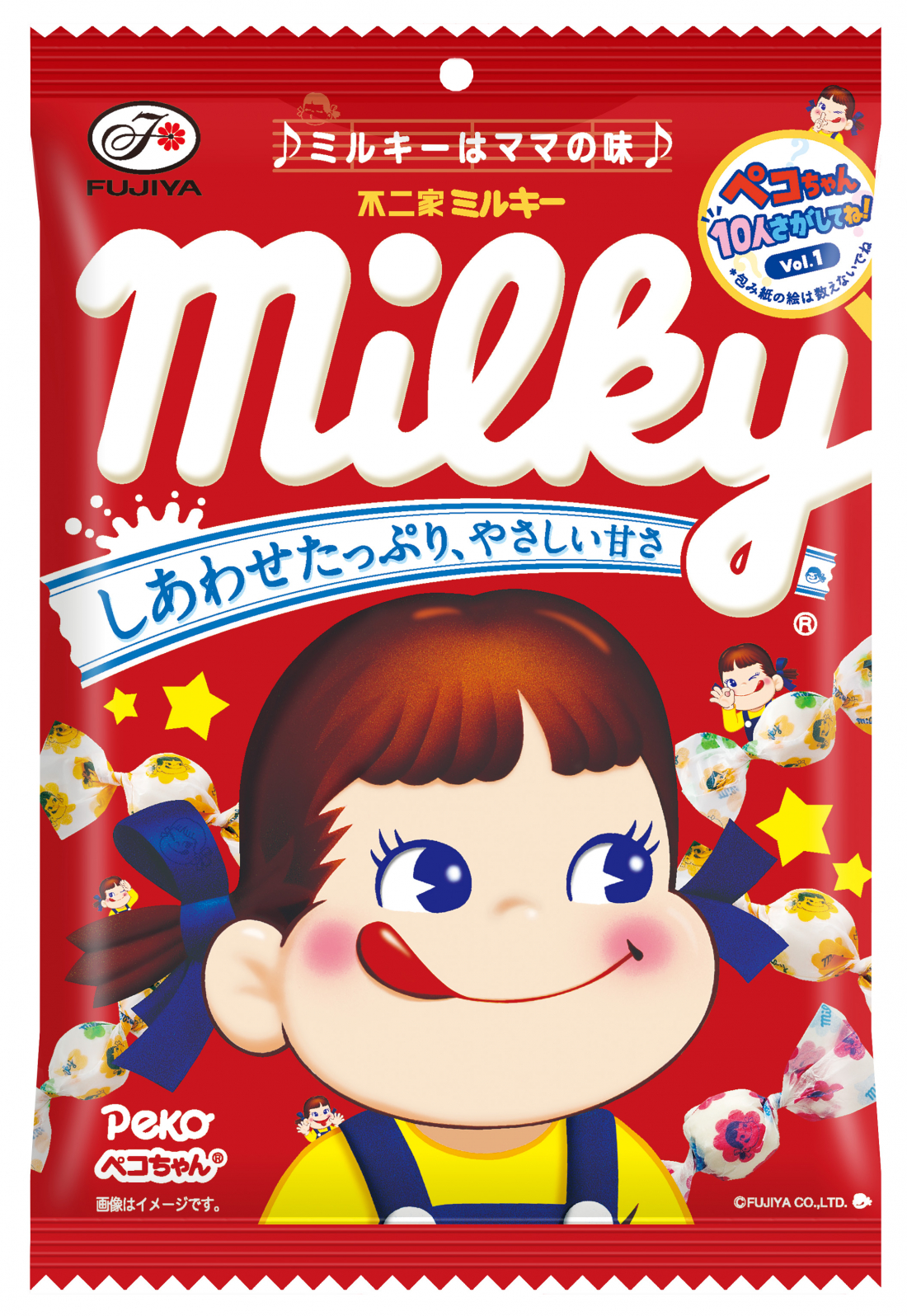

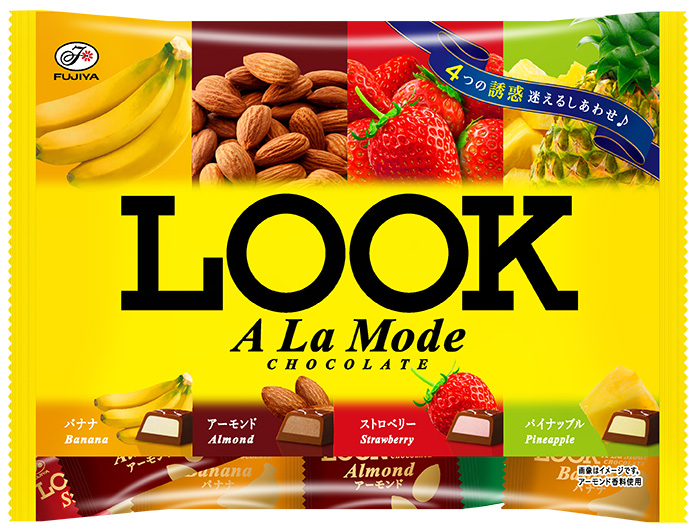
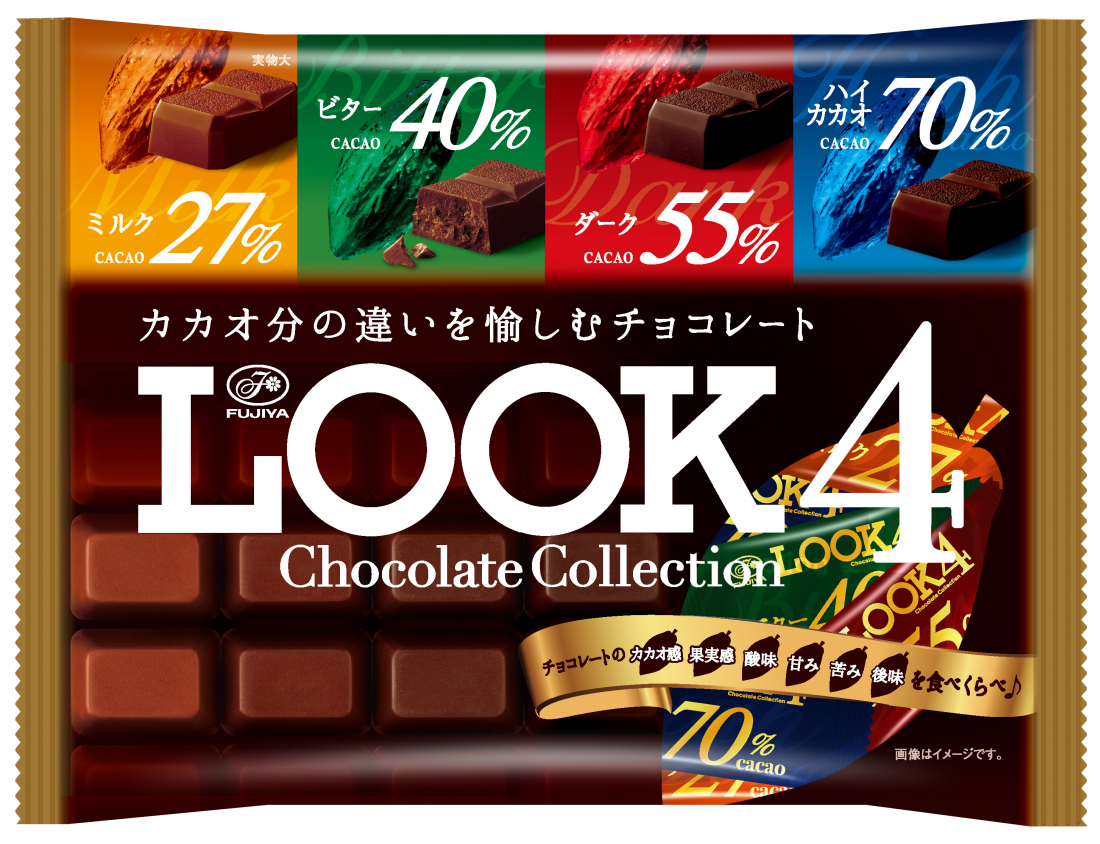
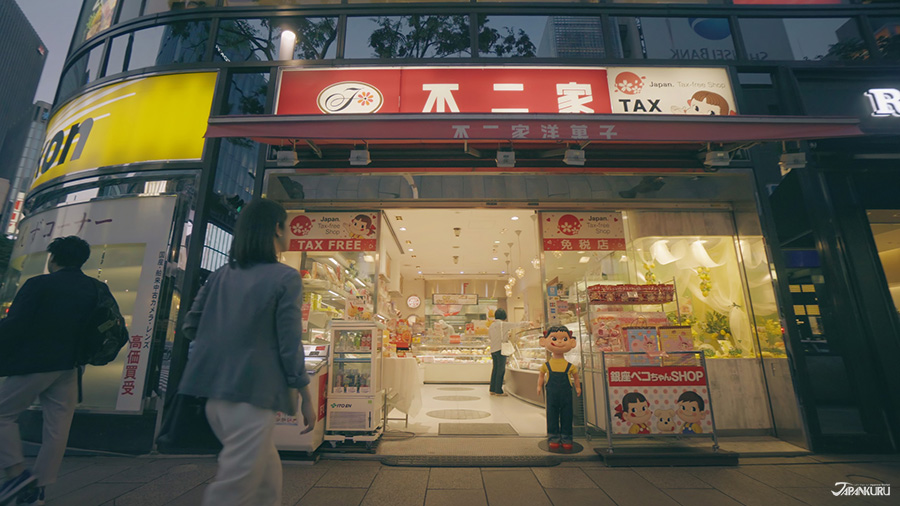
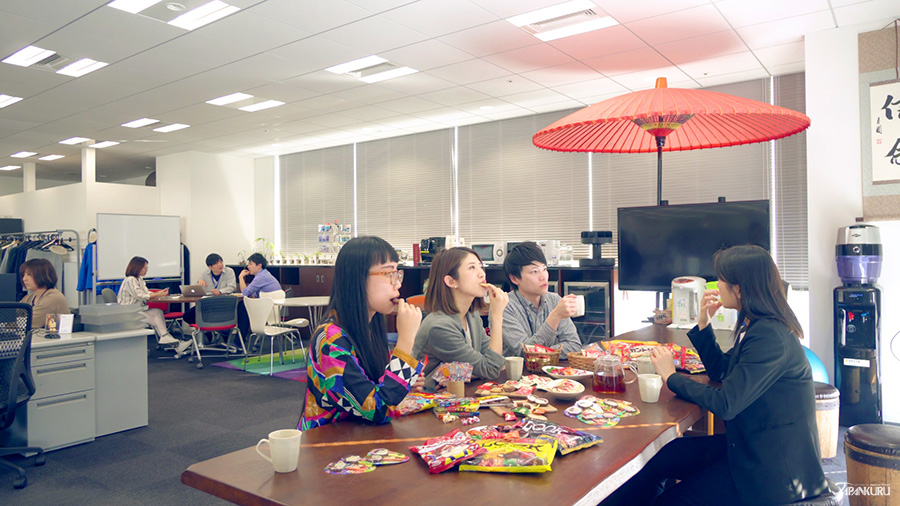




 >> Find out more at Japankuru.com! (link in bio)
#
>> Find out more at Japankuru.com! (link in bio)
#





 The Robot Restaurant is gone, but the Samurai Restaurant is here to take its place. Check it out, and don't forget your coupon!
The Robot Restaurant is gone, but the Samurai Restaurant is here to take its place. Check it out, and don't forget your coupon!
 신주쿠의 명소 로봇 레스토랑이 사무라이 레스토랑으로 부활! 절찬 쿠폰 발급중
신주쿠의 명소 로봇 레스토랑이 사무라이 레스토랑으로 부활! 절찬 쿠폰 발급중
 18歲以上才能入場的歌舞秀,和你想的不一樣!拿好優惠券去看看~
#tokyo #shinjuku #samurairestaurant #robotrestaurant #tokyotrip #도쿄여행 #신주쿠 #사무라이레스토랑 #이색체험 #할인이벤트 #歌舞伎町 #東京景點 #武士餐廳 #日本表演 #日本文化體驗 #japankuru #japantrip #japantravel #japanlovers #japan_of_insta
18歲以上才能入場的歌舞秀,和你想的不一樣!拿好優惠券去看看~
#tokyo #shinjuku #samurairestaurant #robotrestaurant #tokyotrip #도쿄여행 #신주쿠 #사무라이레스토랑 #이색체험 #할인이벤트 #歌舞伎町 #東京景點 #武士餐廳 #日本表演 #日本文化體驗 #japankuru #japantrip #japantravel #japanlovers #japan_of_insta
 코지마 x 빅 카메라 쿠폰으로 일본 가전 제품 쇼핑하기
#pr #japankuru #japanshopping #kojima #biccamera #japaneseskincare #yaman #dji #osmopocket3 #skincaredevice #日本購物 #美容儀 #相機 #雅萌 #日本家電 #일본여행 #면세 #여행꿀팁 #일본쇼핑리스트 #쿠폰 #일본쇼핑 #일본브랜드 #할인 #코지마 #빅카메라 #japankurucoupon
코지마 x 빅 카메라 쿠폰으로 일본 가전 제품 쇼핑하기
#pr #japankuru #japanshopping #kojima #biccamera #japaneseskincare #yaman #dji #osmopocket3 #skincaredevice #日本購物 #美容儀 #相機 #雅萌 #日本家電 #일본여행 #면세 #여행꿀팁 #일본쇼핑리스트 #쿠폰 #일본쇼핑 #일본브랜드 #할인 #코지마 #빅카메라 #japankurucoupon
































 Oita Hello Kitty Airport
Oita Hello Kitty Airport  Lands April 13th
Lands April 13th









